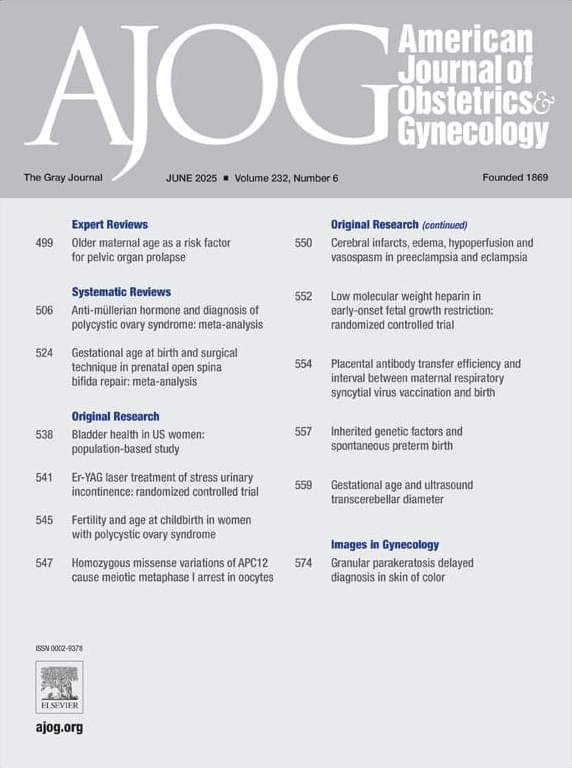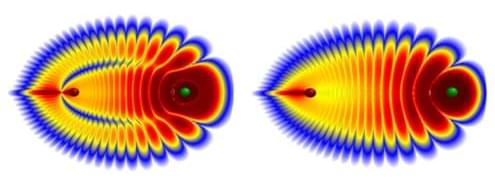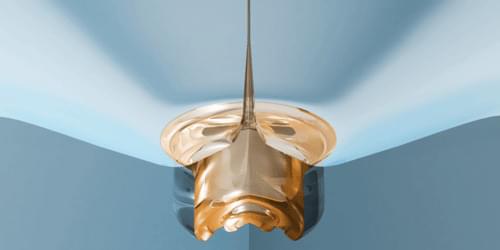The Vera C. Rubin Observatory in Chile will image the southern sky using the largest digital camera ever built.
Category: futurism – Page 34

Fictional Architectural Styles Explained In 9 Minutes
A quick overview of some of the most popular fictional architectural styles.
Which style did I miss? Let me know down below 👇
Please like and subscribe if you enjoyed this video. It helps a lot!
If you want to support me even more, consider becoming a member: https://www.youtube.com/channel/UCsaIQHXEMymxrg4tMUkwJ1g/join.
00:00 Cyberpunk.
00:37 Steampunk.
01:14 Dieselpunk.
01:46 Atompunk.
02:22 Solarpunk.
02:58 Biopunk.
03:33 Post-Apocalyptic Salvagecore.
04:07 Brutalist Dystopia.
04:40 Arcology.
05:16 Space-Opera Modernism.
05:52 Dark Fantasy.
06:25 Clockpunk.
06:58 Teslapunk.
07:29 Afrofuturist.
08:02 Subnautical Artifice




Most people obey arbitrary rules even when it’s not in their interest to do so, experiments show
Contrary to the popular saying, rules aren’t meant to be broken, as they are foundational to society and exist to uphold safety, fairness and order in the face of chaos. The collective benefits of rule-following are well established, but individual incentives are often unclear. Yet, people still comply, and the reasons why are pieces of a puzzle that researchers of human behavior have been trying to piece together for years.
A recent study published in Nature Human Behavior explored the behavioral principles behind why people follow rules using a newly designed framework called CRISP. A series of four online experiments based on the framework involving 14,034 English-speaking participants, revealed that the majority (55%–70%) of participants chose to follow arbitrary rules—even when the compliance was costly, they were anonymous and violations had no adverse effects on others.
This proposed CRISP system explains rule conformity © as a function of four components: R—intrinsic respect for rules, independent of others’ behavior; I—extrinsic incentives, such as the threat of punishment for breaking rules; S—social expectations about whether others will follow the rule or believe one should; and P—social preferences, which matter when rule-following affects the well-being of others.

Creating ice layer by layer: The secret mechanisms of ice formation revealed
Water is everywhere and comes in many forms: snow, sleet, hail, hoarfrost, and so on. However, despite water being so commonplace, scientists still do not fully understand the predominant physical process that occurs when water transforms from liquid to solid.
Now, in an article published in the Journal of Colloid and Interface Science, researchers from the Institute of Industrial Science, The University of Tokyo, have carried out a series of molecular-scale simulations to uncover why ice forms more easily on surfaces than in bodies of water.
While it is common knowledge that water freezes at 0°C (32°F), water does not instantly turn into ice the moment this temperature is reached. Instead, ice crystals begin forming at tiny “nuclei” and spread throughout the body of water in a process called nucleation. Lower temperatures promote nucleation events and hence speed up the freezing process. Although, at the microscopic level, other factors can also play a role.

